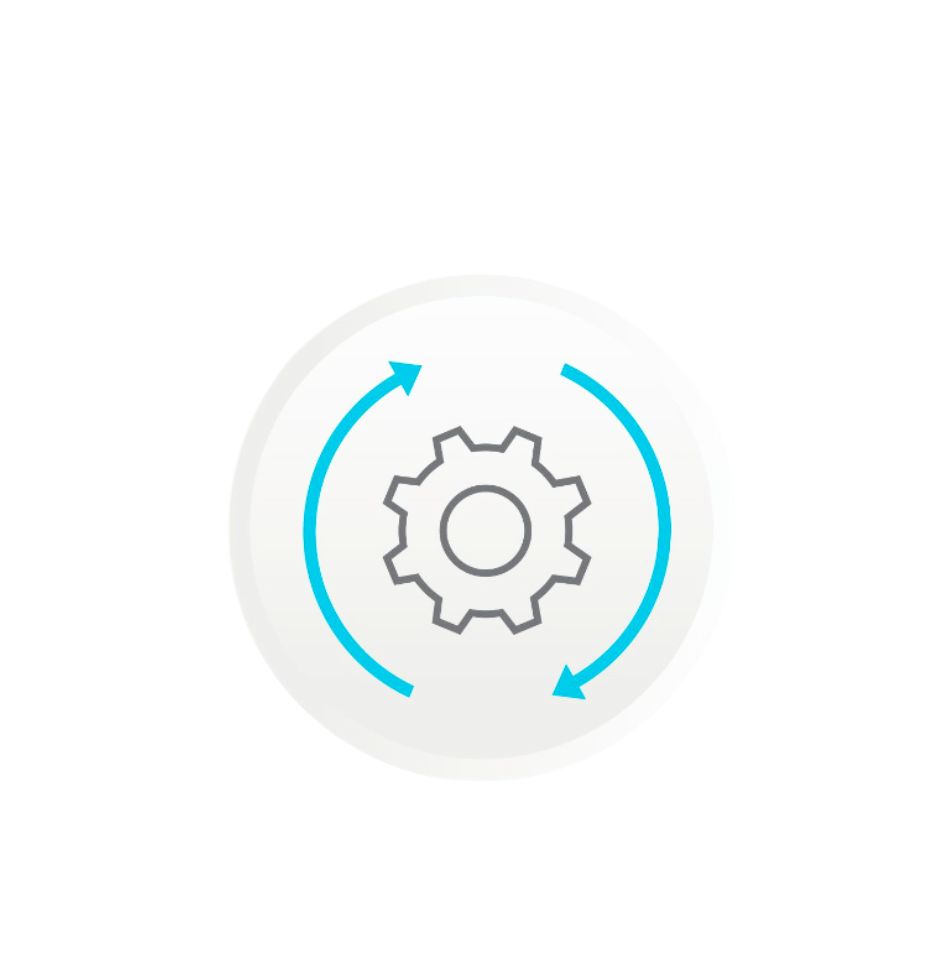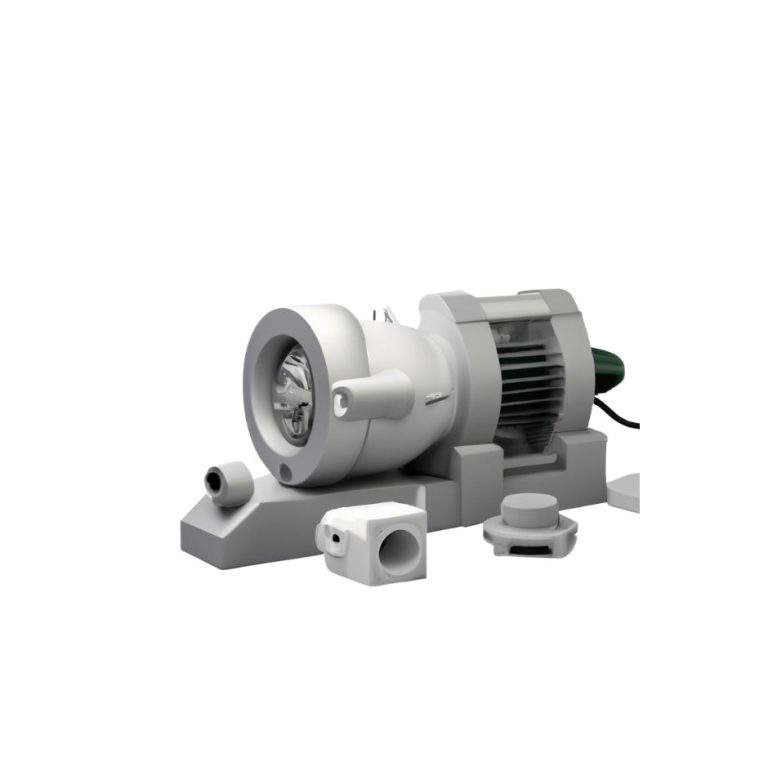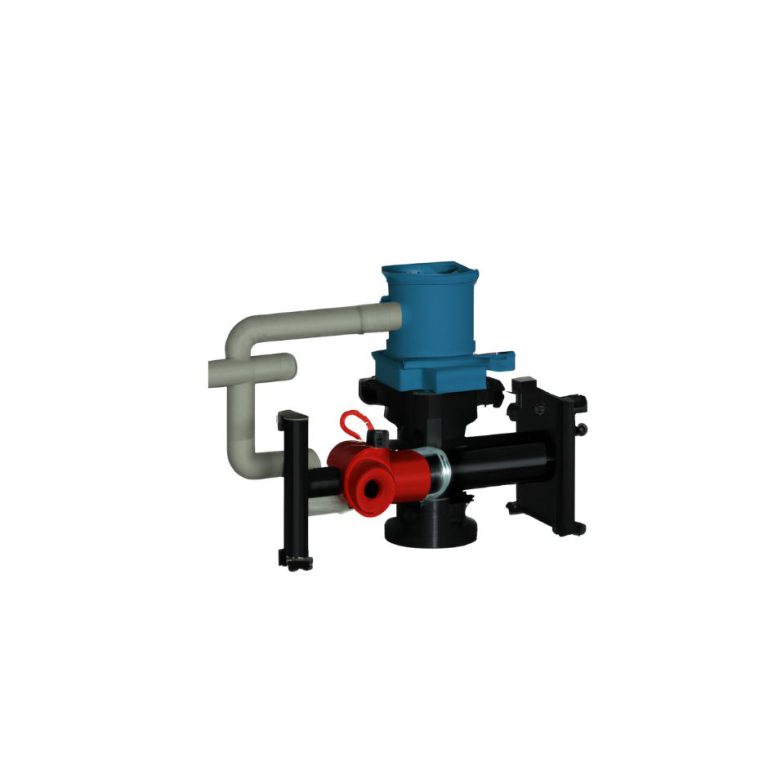The Art of Reverse Engineering: Turning Complexity into Simplicity
Reverse engineering is a process that has gained a lot of attention in recent years, particularly in the fields of engineering and software development. The concept of reverse engineering can be defined as the process of taking apart a product or system to understand how it works. This process involves breaking down a product into its individual components and analyzing how these components interact with each other. Reverse engineering can be a challenging task, as it often involves working with complex systems, such as software or hardware, that have been designed to be difficult to understand. However, the benefits of reverse engineering can be significant, as it allows for a deeper understanding of how products and systems work, which can lead to improvements in design, performance, and functionality.
Reverse engineering can be applied in many different fields, including mechanical engineering, electrical engineering, and software development. In mechanical engineering, reverse engineering can be used to analyze the design and construction of products, such as machines or engines, to identify areas for improvement. For example, a mechanical engineer may use reverse engineering to take apart an engine to analyze its performance and identify areas where the design could be improved. By understanding how the engine works, the engineer can identify ways to optimize its performance, reduce its weight, or improve its efficiency.
In electrical engineering, reverse engineering can be used to analyze the design of electronic components, such as circuit boards or microchips. By taking apart these components and analyzing their internal workings, electrical engineers can identify areas for improvement or optimize the design for specific applications. For example, an electrical engineer may use reverse engineering to analyze the design of a microchip to identify areas where the design could be improved to increase its processing speed or reduce its power consumption.
In software development, reverse engineering can be used to analyze the code of software applications to identify vulnerabilities or to improve the performance of the software. By analyzing the code of an application, software developers can identify areas where the code could be optimized or where vulnerabilities could be exploited. For example, a software developer may use reverse engineering to analyze the code of a video game to identify areas where the performance of the game could be improved or where the code could be optimized to reduce loading times.
The process of reverse engineering can be broken down into several steps. The first step in reverse engineering is to identify the product or system that will be reverse engineered. This involves selecting a product or system that is of interest and that can be analyzed to gain insights into how it works. The second step is to disassemble the product or system to gain access to its individual components. This involves taking apart the product or system and identifying its various components and how they interact with each other.
The third step in reverse engineering is to analyze the individual components and how they interact with each other. This involves examining the design and construction of each component and how it contributes to the overall function of the product or system. The fourth step is to reassemble the product or system, taking into account any insights gained during the analysis phase. This may involve redesigning certain components or optimizing the design of the product or system to improve its performance.
The benefits of reverse engineering can be significant, particularly in terms of product design and development. By gaining a deeper understanding of how products and systems work, engineers and developers can identify areas for improvement and optimize the design of products to improve their performance and functionality. Reverse engineering can also be used to analyze competitor’s products and identify areas where improvements can be made to gain a competitive advantage.
Conclusion
Reverse engineering is a powerful tool that can be used in many different fields to gain a deeper understanding of how products and systems work. By breaking down products and systems into their individual components and analyzing how these components interact with each other, engineers and developers can identify




